Got leftover cake batter? Learn how long cake batter lasts from a cake mix or homemade recipe. Discover how to store batter and freeze it. Plus get good suggestions for leftover batter.
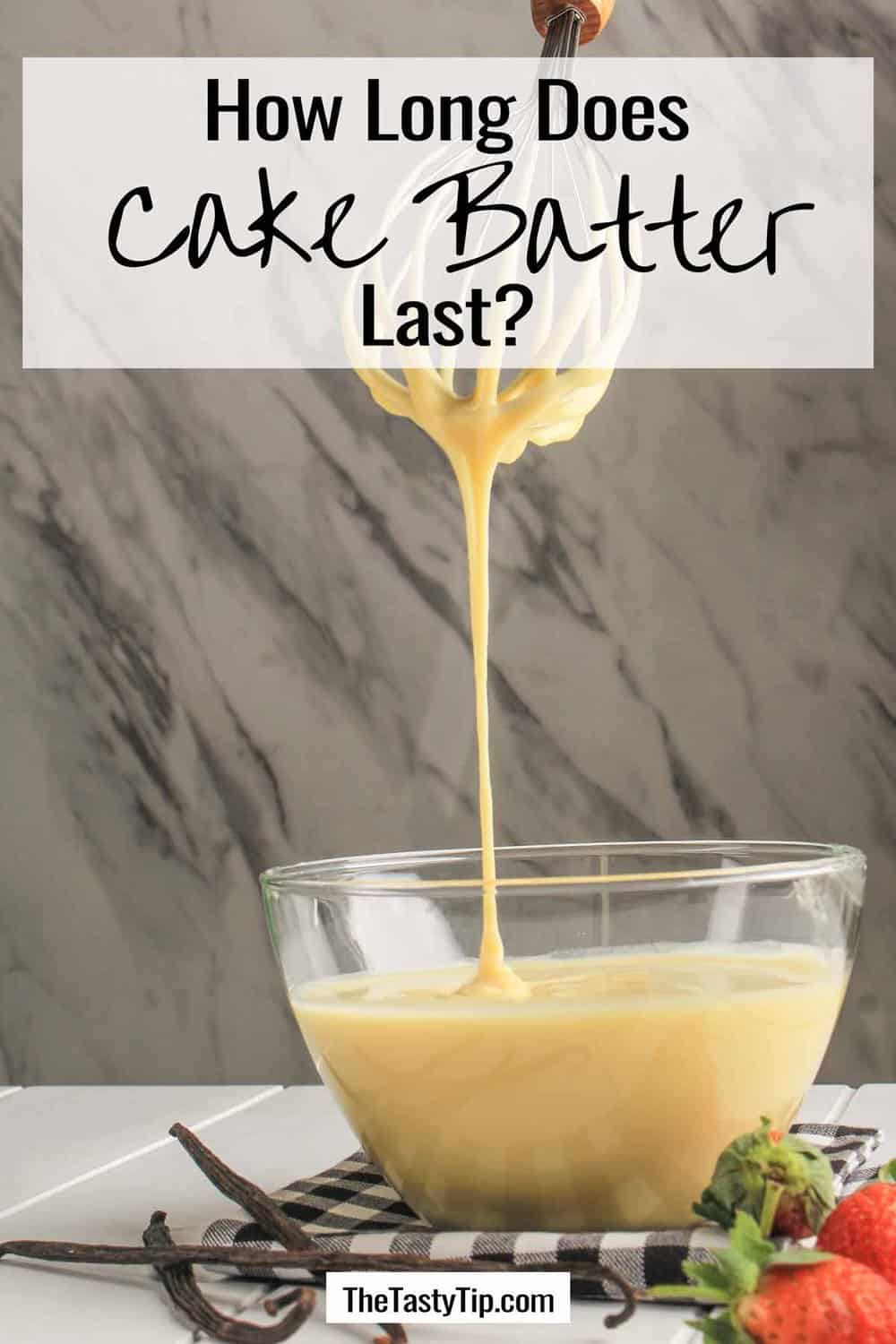
There is nothing better than the smell of a freshly baked cake wafting through your home. Whether you start with a cake mix or make it from scratch, you expect certain things.
You want it to rise, and you want it to be delicious. Cake batter is meant to be baked immediately. But what happens if you don’t?
How long does cake batter last? Cake batter can last up to 48 hours in the refrigerator and up to 2 months in the freezer with minimal problems. However, the leavening agents that cause the cake to rise can lose effectiveness, and the cake may be flat.
Depending on the type of cake mixture, the cake batter can last only 1 to 2 hours after being mixed before it will struggle to rise.
Understanding what causes a cake to rise is helpful when you know your batter won’t be baked right away. You can try a few things if you need to store the batter for a little bit before baking.
After you bake your cake, you may want to read my post on how long cake lasts. I share tips to correctly wrap and store cake to keep it fresh longer.
You can also get creative recipe ideas for leftover cake. Try making angel food cake croutons to garnish desserts or chocolate cake croutons to mix in strawberry spinach salad. You can also make easy dessert skewers with fruit and cake cubes.
And don't forget lemon croutons to top a scoop of ice cream or cinnamon croutons on a banana split.
How Long Does Cake Batter Last?
Cake Batter | |
Room Temperature | 1 to 2 hours |
Refrigerator | 24 to 48 hours |
Freezer | 2 to 3 months |
What Causes Cakes to Rise?
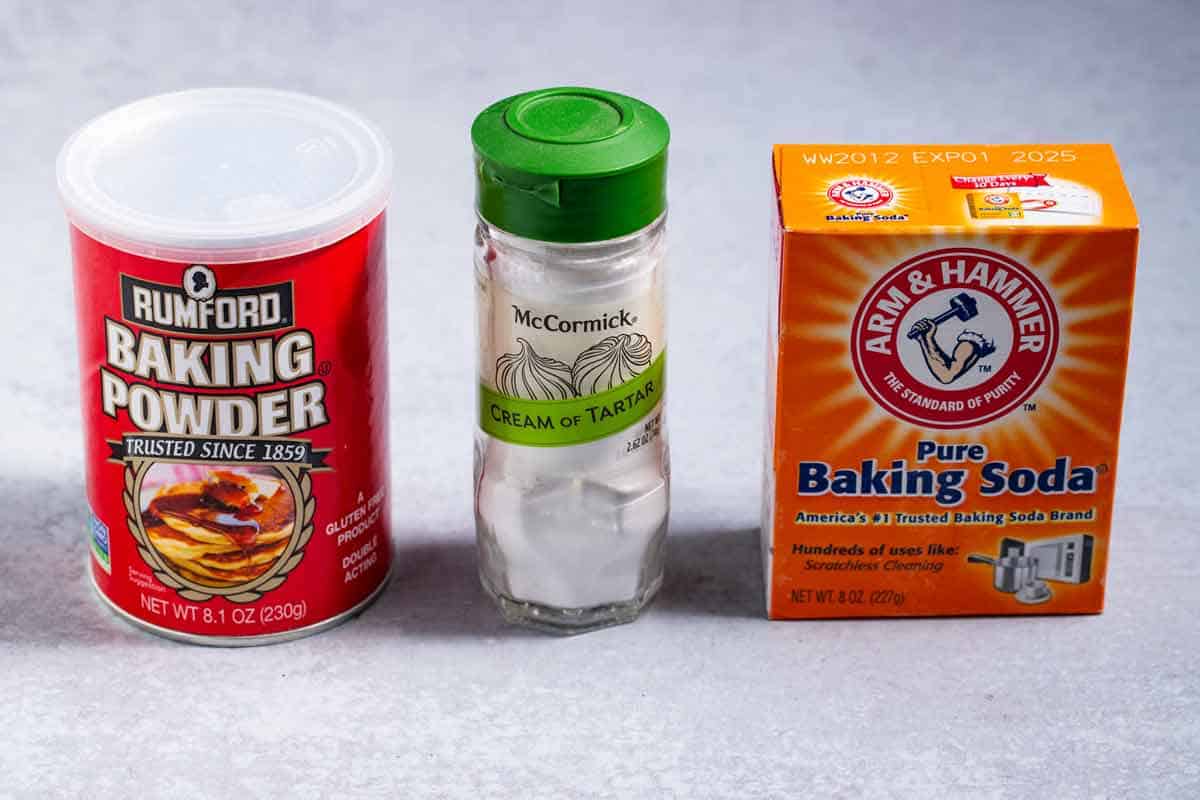
A few things within the baking process contribute to a perfectly risen cake. But the most critical factor is the raising agents, also known as the leavening ingredients. The most common leaveners are baking soda and baking powder.
Leavening Agents
Leaveners cause cakes to rise and contribute to the texture and visual appearance. A chemical reaction occurs when baking soda or baking powder comes into contact with liquid. This results in tiny bubbles of air being released into the batter.
Just a reminder – baking soda and baking powder aren’t the same things. You can’t replace one with the other.
Baking soda is only activated when it is combined with a liquid as well as an acidic ingredient. Baking powder doesn’t require an acidic ingredient to work.
Heat sources also activate rising agents. When mixed with wet ingredients, you will see a reaction in raw cake batter with double-acting baking powder. Then you will see the cake rise again when it is baked in the hot oven.
Creaming
Creaming also contributes to cakes rising. The creaming process happens when you beat butter and sugar together. During this process, air is incorporated into the batter. Creaming also ensures an even cake texture.
A sponge cake is an excellent example of a cake that relies on creaming for a good rise.
Eggs
Some cakes rise purely from eggs. For example, egg whites are the only leavening agent in an angel food cake that causes it to rise. The egg whites are stiffly beaten and then folded into the batter.
When whipped egg whites are the leavener, bake the cake immediately for best results. Any length of time that passes is an opportunity for the cake to slowly deflate.
The main objective with cake batter is to save the air bubbles or delay the reaction until the cake goes in the oven. Only then will it rise the way we want it to.
RELATED: Wonder how long it takes a cake to cool? Then you will love this epic post on cooling cakes of all kinds.
Challenges with Making Cake Batter Ahead of Time
You definitely can make cake batter ahead of time. But be aware of some potential downfalls.
The longer time a cake batter is left to sit before baking, the less likely it will rise as perfectly as if you had baked it immediately.
The raising agents will start to lose their effectiveness. And the air incorporated during the beating process will slowly begin to dissipate. This will likely result in a flatter and slightly denser cake than usual.
But don’t worry. I will share a tip to delay your raising agents!
Cake Mix vs. Homemade Batter
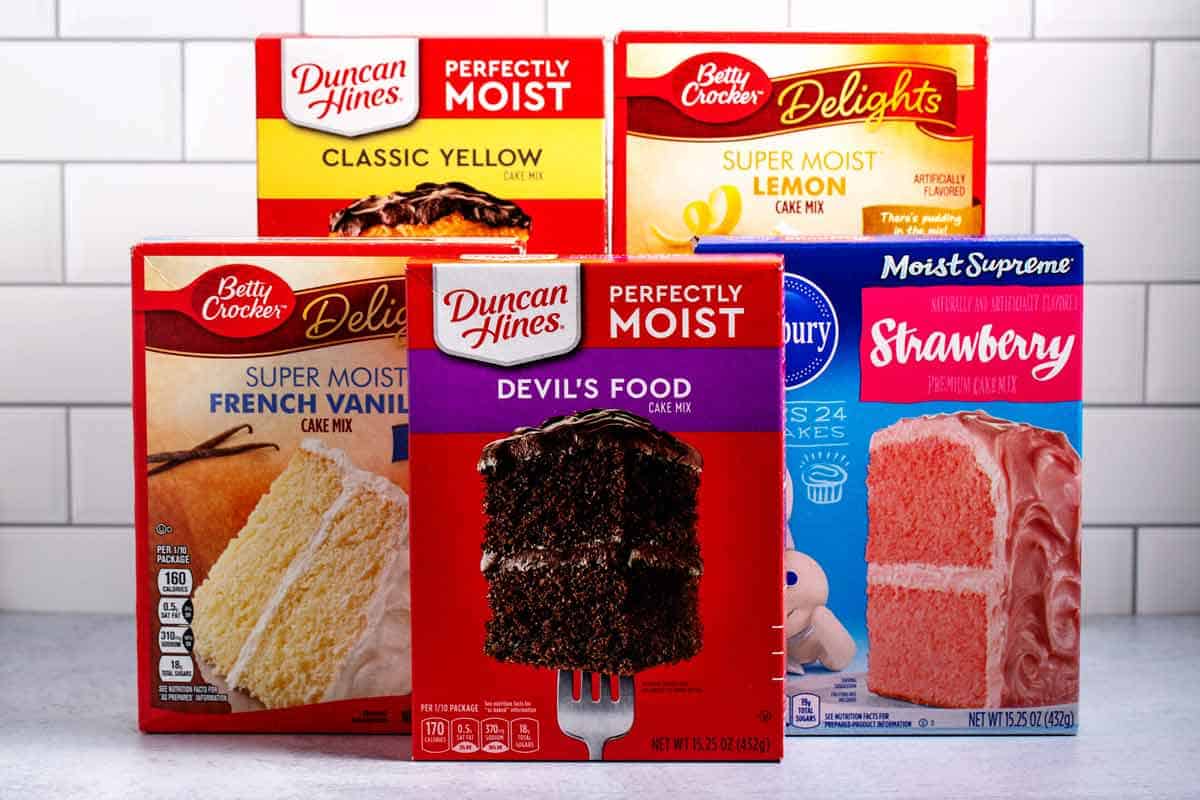
Does a boxed cake mix batter last longer than a homemade cake batter?
Cake batter made from a dry cake mix will last longer than homemade batter. This is because cake mixes have more chemical additives, which make them stable.
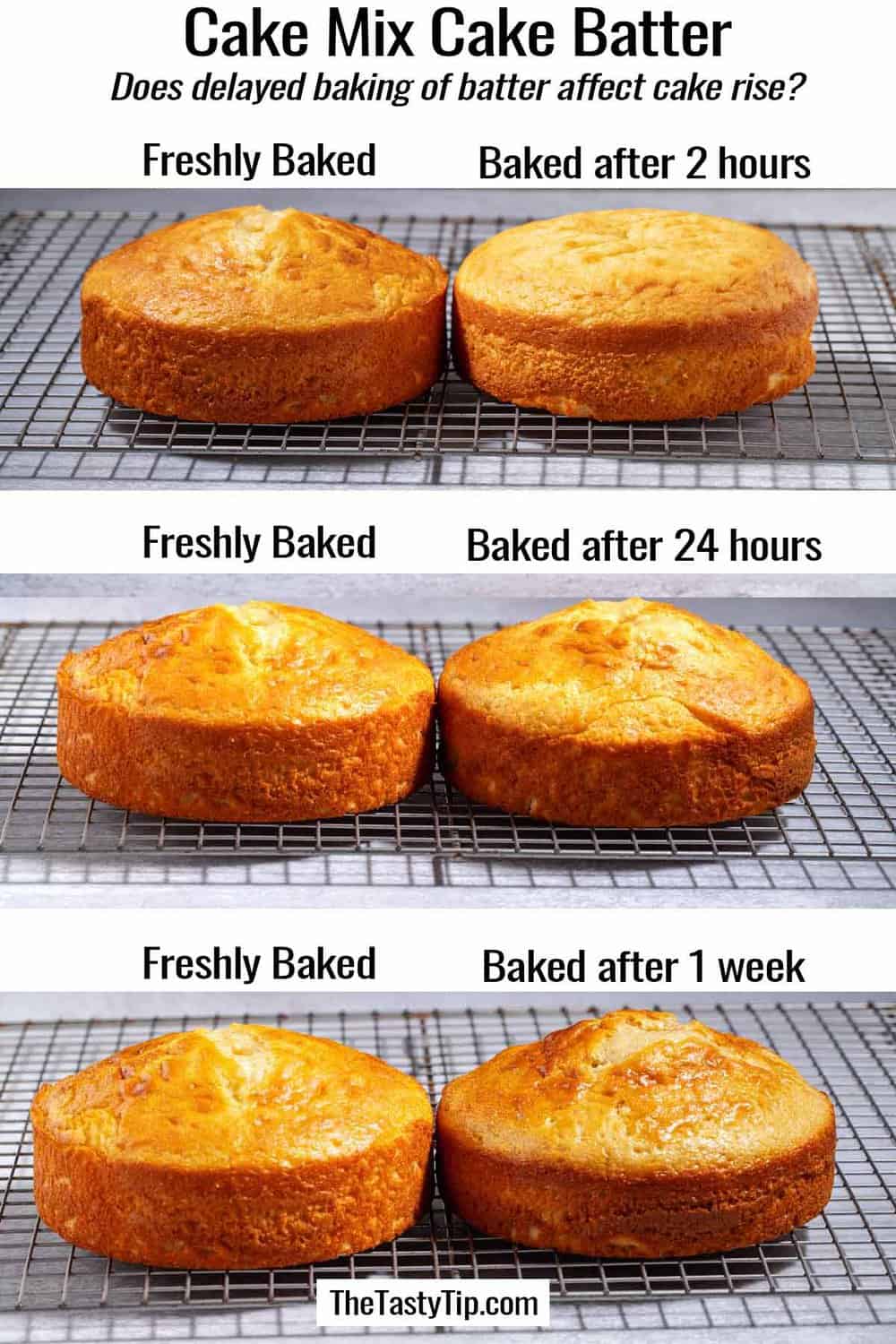
You can still expect a good rise from cake mix batter stored for a couple of hours, a couple of days, or a week. The cakes will rise. However, cakes made with cake batter a week old tastes stale and dryer than a fresh cake.
Beware of batter made from an expired cake mix. Any type of cake mix used more than 6 months passed its “best if used by” date already struggles to rise to full capacity.
If you mix up that old cake mix and then wait to bake it, don’t count on it rising much at all.
To read more about the shelf life of a cake mix, check out my post on how long a cake mix lasts. You will learn the best long-term storage solutions for cake mix.
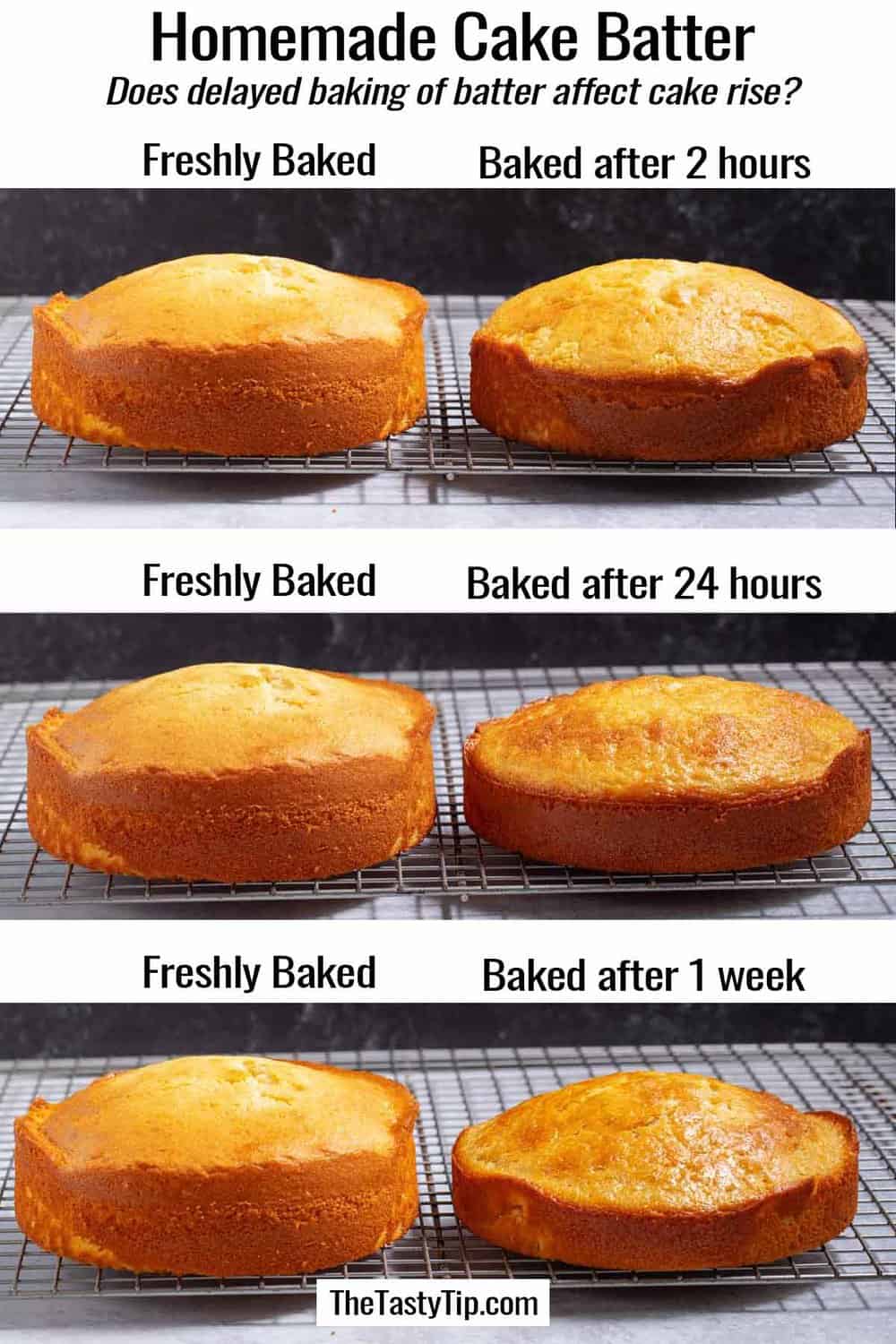
Homemade cake batter stored even 24 hours will not rise as much. And batter stored for a week will be significantly thinner.
Does the Type of Cake Batter Make a Difference?
The type of cake impacts whether it will rise as expected when the batter isn’t baked immediately.
Homemade cake batter that only relies on the air incorporated during beating is less likely to rise the next day when compared to a batter that requires both beating and raising agents.
If you plan to store the batter for later use, stick to a basic cake batter. The more complex the recipe, the less likely the batter will store well.
The Art of Storing Cake Batter
As with many baking essentials, it all comes down to storage. Your aim is to store the batter in the best conditions possible. This will give you the greatest chance of success when baking.
Storing Between Batches
Try one of these options if you are short on cake pans and need to store the batter in between baking batches. Store your batter at room temperature or refrigerate it.
Storing at Room Temperature

It is safe for cake batter can sit at room temperature for 1 to 2 hours before baking. However, refrigerating the batter is a better option.
Cover the mixing bowl with plastic wrap or aluminum foil when storing it at room temperature before baking.
PRO TIP: The easiest way is to cover your bowl with plastic wrap. Push the plastic wrap down until it touches the batter surface. This will prevent that thin layer/crust from forming on the top of your wet mix.
Storing in the Refrigerator
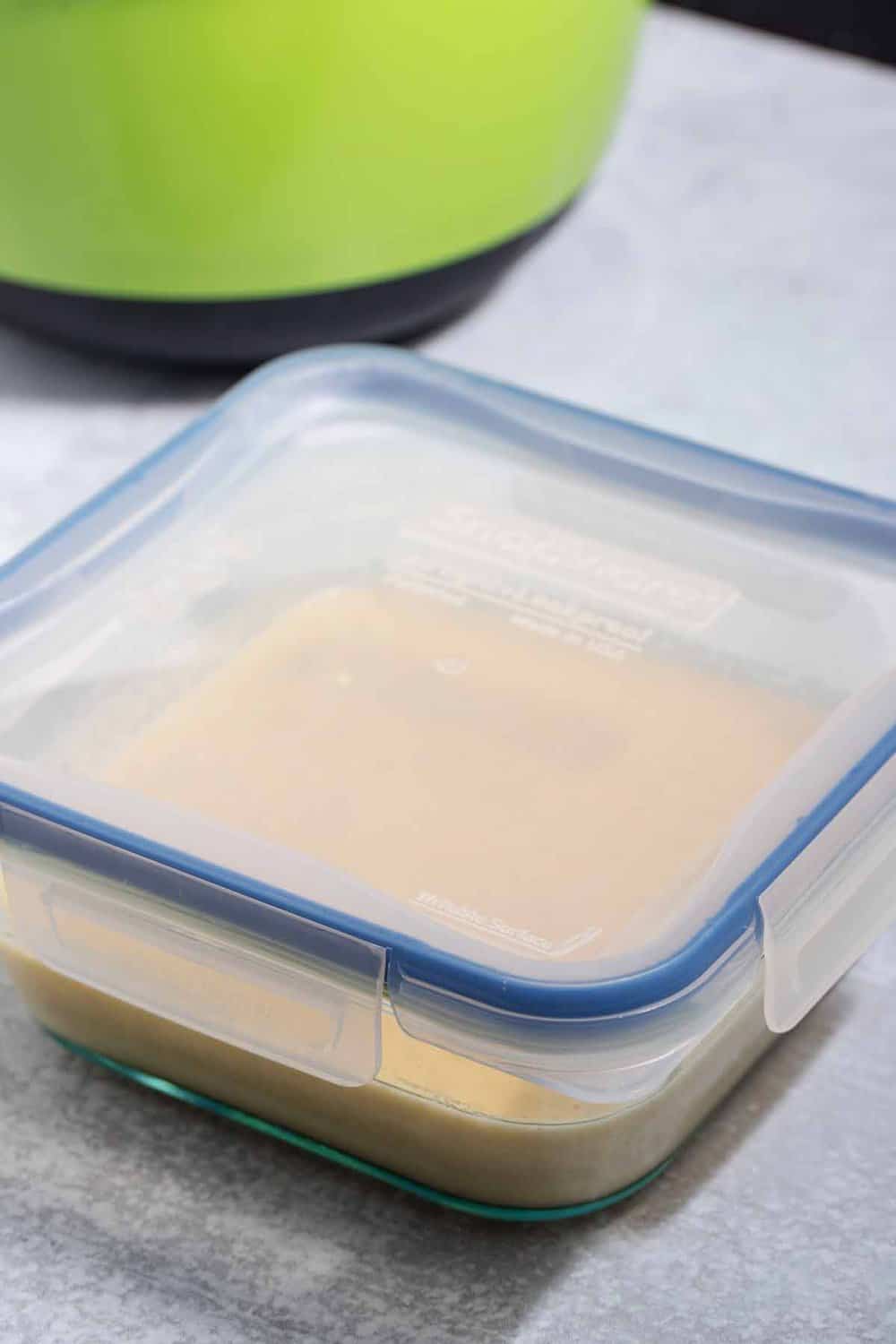
Because heat activates the raising agents, chilling the batter can delay the rising process. Generally, batters that don’t use baking soda last longer in the refrigerator than those that use it.
The general consensus is that you can store cake batter in the refrigerator for up to 48 hours. However, the longer you leave it, the less likely it will rise as expected.
It is a good idea to store your cake batter in an airtight container to prevent it from drying out. Alternatively, you can cover your batter with plastic wrap or aluminum foil.
When you cover the batter, it prevents cross-contamination from other products in your refrigerator. It also prevents oxidation, so there won’t be a detrimental effect when baking the cake.
When you are ready to bake your cake, stir the batter well. Then gradually pour it into your baking pans. Pour the batter slowly so that you don’t lose any air unnecessarily.
Some people prefer to allow the batter to reach room temperature before baking. Other bakers are happy to bake the batter directly from the refrigerator.
If you prefer to bake your batter straight from the refrigerator, add an extra few minutes to the baking time.
Can You Freeze Cake Batter?
Many types of cake batter can be stored in the freezer. Cake batter can be frozen for up to three months if stored correctly. Both homemade cake batter and cake mix batter will freeze with positive results.
However, batters that rely purely on air being incorporated through the beating of eggs are unlikely to freeze very well. These include chiffon and angel food cake batter. These batters will often bake up dense and flatter than you would hope for.
Cake batters that use oil, like cake mixes, generally freeze rather well. Cake batters that use the creaming method at the beginning of the recipe are also good options for freezing.
How to Freeze Cake Batter
Properly covering and preventing air exposure is important when freezing cake batter. Fortunately, there are a few storage container options.
Freezer Ziplock Bag
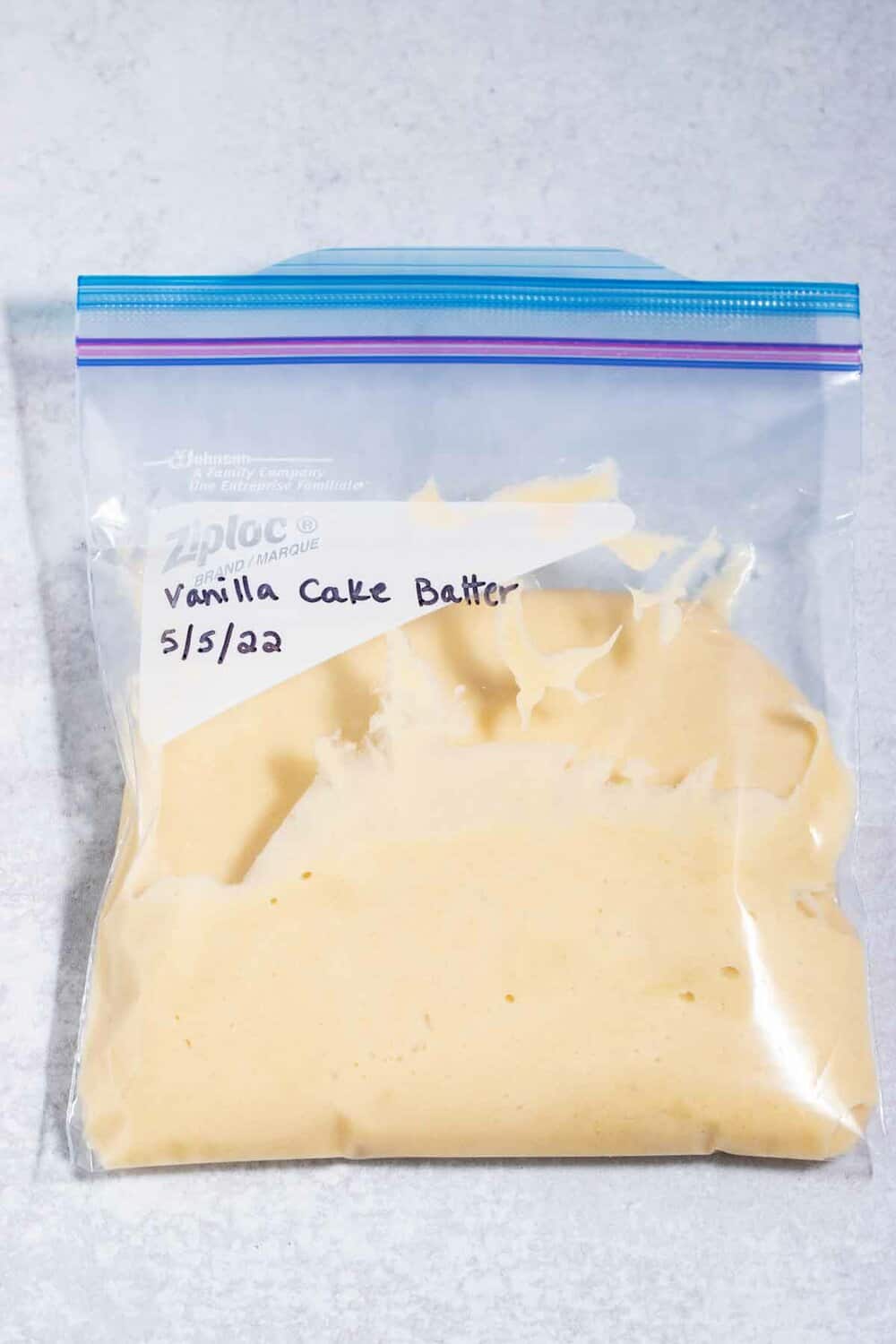
Zip-top bags are the best way to freeze your batter. They freeze flat and take up less room in the freezer. Additionally, freezing the batter in a few smaller bags is ideal for defrosting. Smaller bags defrost faster than larger ones.
Simply pour the batter into a freezer bag and remove excess air before sealing. Pop the bag into another bag in case of leakage. This can sometimes happen as the batter expands when frozen.
Just don’t forget to label them. You may forget you have the cake mix in the freezer. Then it's a guessing game when you uncover the unlabeled bag months later.
Airtight Storage Containers
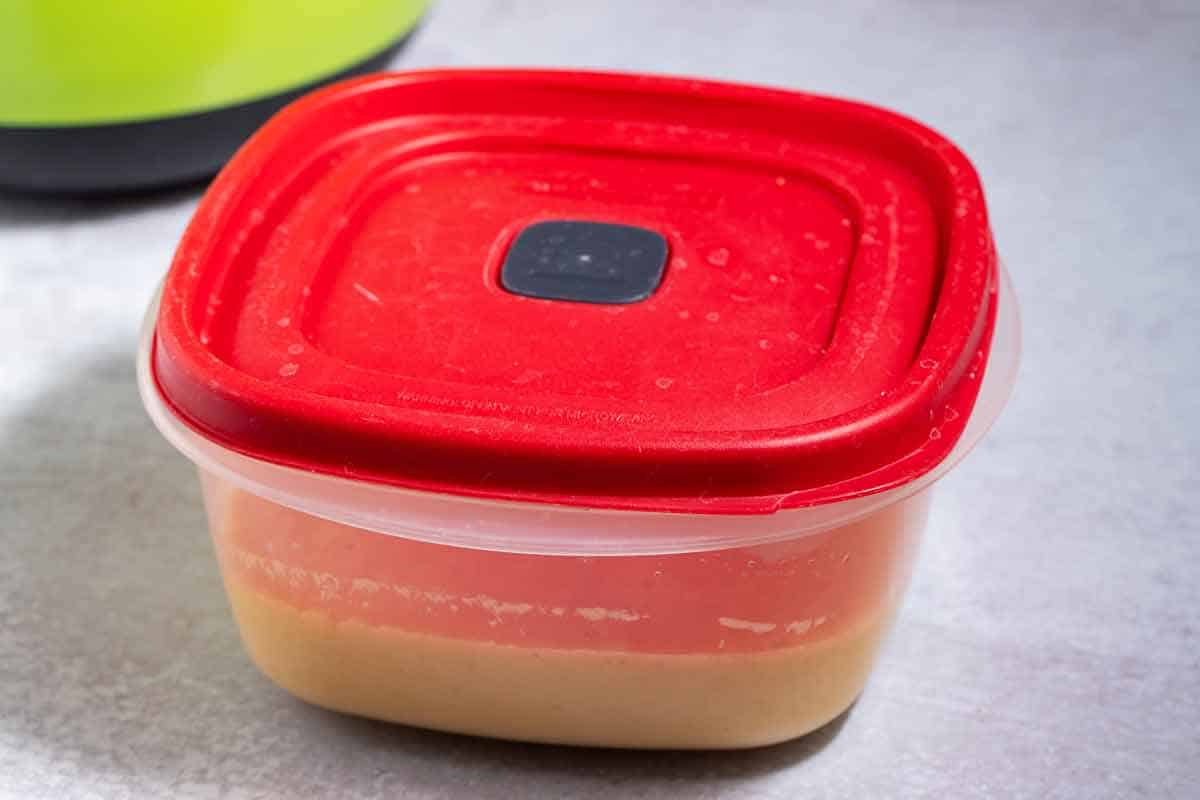
Any airtight freezer-safe container is also a great way to store your batter. Remember to leave a gap between the batter and the lid for any expansion during freezing.
Cake Pans
If you have space and want to make life easier, this tip is for you! Freeze your batter directly in your cake tins.
Don’t forget to thoroughly grease your baking tin before adding your batter. Second, wrap it in a few layers of plastic wrap to prevent freezer burn.
Cooking Thawed Cake Batter
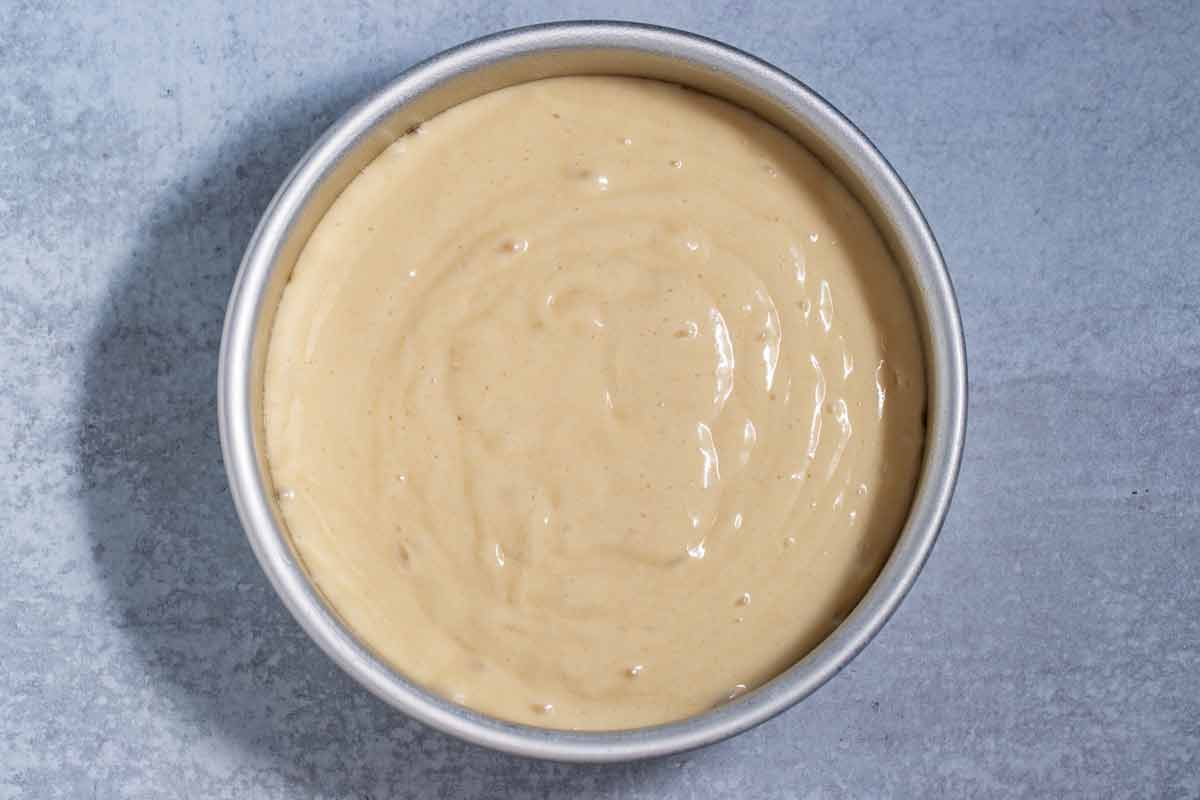
When you are ready to bake your cake, follow these few steps so your cake bakes up perfectly.
Place your frozen batter in the refrigerator to thaw overnight. Before putting the cake batter in the oven, it must return to the same consistency it was before freezing.
PRO TIP: The easiest way to get the batter from the freezer bag to the cake pan is to snip the corner of the bag. Then squeeze the batter into the baking tin. This is much easier than trying to scrape batter from a bag.
Just as with refrigerator cake batter, you can either bake directly from the refrigerator or allow the batter to reach room temperature. Just remember to stir the batter and add extra baking time if you bake it directly from the fridge.
Hold Back on the Leaveners
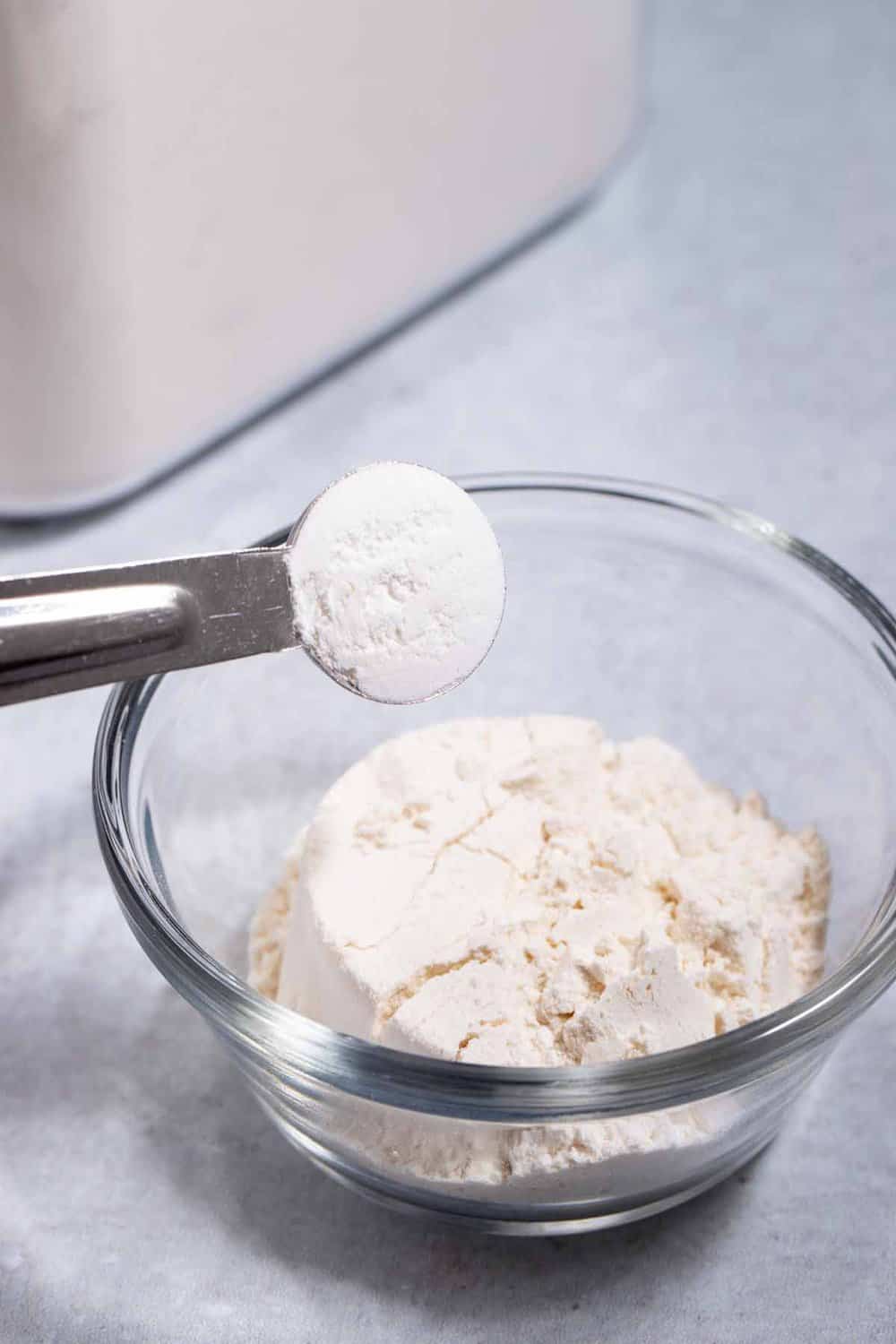
Here's a tip to prevent raising agents from losing their potency during batter storage. This applies to homemade cake batter, not a box mix.
Add the baking powder just before you are ready to bake.
- Mix the batter, but reserve ¼ cup of flour and the baking powder.
- Ready to bake the cake? Preheat the oven, and then combine the baking powder and flour. Mix the dry ingredients well, and then sift at least twice. This will help aerate the flour and evenly distribute the baking powder.
- Gently fold it into the cake batter. Pour it into a greased cake pan and bake normally.
If none of the above appeals to you, then measure out your dry and wet cake ingredients. Store them separately until you are ready to bake.
What to Do with Leftover Cake Batter?
Are you unsure how to use leftover cake batter? Check out a few of my favorite ways to use up the extra batter.
Make Cupcakes
Cupcakes are one of the easiest ways to use up leftover cake batter. There is little concern if cupcakes don’t rise very much. Just dollop on more frosting.
Preheat your oven to 350°F (175°C) and bake for around 15 – 20 minutes.
Alternatively, grab your muffin tray and line it with cupcake wrappers. Fill each wrapper approximately ⅔ full. Then pop the tray into the freezer.
Once the batter has frozen, transfer the frozen wrappers into Ziplock bags. Now you have ready-to-bake cupcakes whenever you are in the mood. Simply follow the instructions above for thawing your mixture.
Cake Waffles
Sunday breakfasts or lunch are the perfect way use the leftover batter. Especially when you don’t have much cake batter leftover after baking your beautiful cake.
Your family will love cake waffles. Simply replace the waffle batter with your cake batter and cook as usual.
When it comes to waffles, it’s all in the toppings. If you’re in the mood for something different, give this cream cheese topping a try.
Combine the cream cheese, vanilla extract, powdered sugar, and a little milk. Stir it until it is pourable. Drizzle over your waffles and add a few of your favorite berries.
PRO TIP: Chocolate cake batter makes wonderful waffles, especially when adding strawberries and whipped cream!
- Pancakes. If you don’t have a waffle iron, drop the batter onto your pan for pancakes instead.
- Gourmet French Toast. One of my favorite tricks is to coat a slice of bread in the cake batter. Fry it up, and you have instant French toast.
Mason Jar Cheesecake
Yum, yum cake batter cheesecake.
- Line the bottom of some mason jars with crushed Oreos combined with melted butter. Mix cream cheese, the leftover batter, and sour cream.
- Divide the batter equally between your mason jars.
- Bake at 325°F (160°C) for 30 minutes.
- When cool, refrigerate the jars for about 4 hours.
- Top with whipped cream, sprinkles, and cherries.
Here's to all the happy cake moments ahead of you. Relax and pop the cake pan into the oven.
FAQ
A cake batter's lifetime is determined by the ingredients that degrade the fastest. Eggs and milk products are perishable. It could be a food safety concern if you use any type of batter way after the expiration date of eggs or dairy it contains.
The FDA says eggs last 3 to 5 weeks after the “sell by” date. But dairy products are only good for one week after the “sell by” date.
Store leftover mix in an airtight container in a cool, dry place to maintain the best quality. Try to make your cake recipe within 6 months of the “best before” date.
It is possible to use it a long time after that date, but it may not rise. Look for signs of moisture, mold, or an off odor. These are signals to throw the mix in the garbage.
Cake mix batter lasts the longest because it has more chemicals, increasing its shelf life.
Craving Cake? Check these Recipes Out.
- Easy chocolate chip Bundt cake. This chocolate chip cake recipe with yellow cake mix and vanilla pudding will become your new favorite dessert recipe. Its moist texture, delicious flavor, and rich chocolate chunks have everything you love about a homemade cake – except the work!
- Leftover birthday cake Rice Krispies treats. Start with the classic recipe and add leftover cake, mini marshmallows, and jimmies. Now you have birthday cake Rice Krispies.
Did you like this post? Then let's be social. FOLLOW ME on INSTAGRAM and PINTEREST to keep up with the latest happenings.

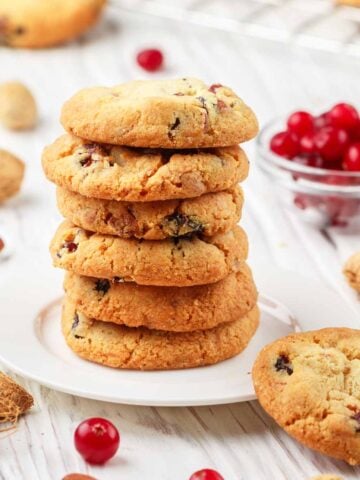
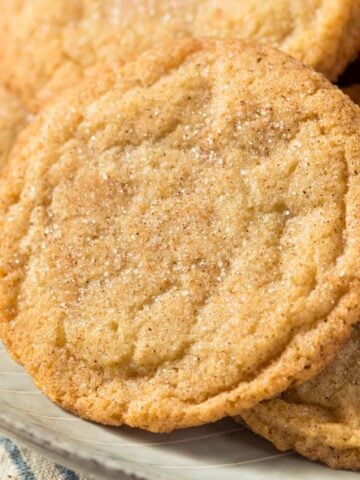
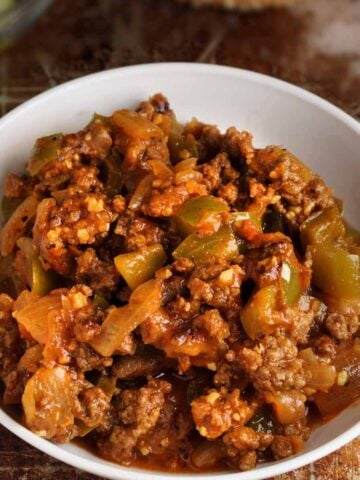
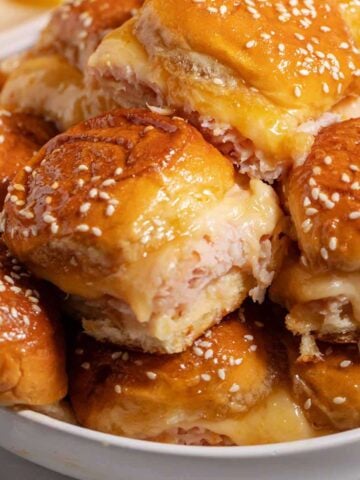
Comments
No Comments